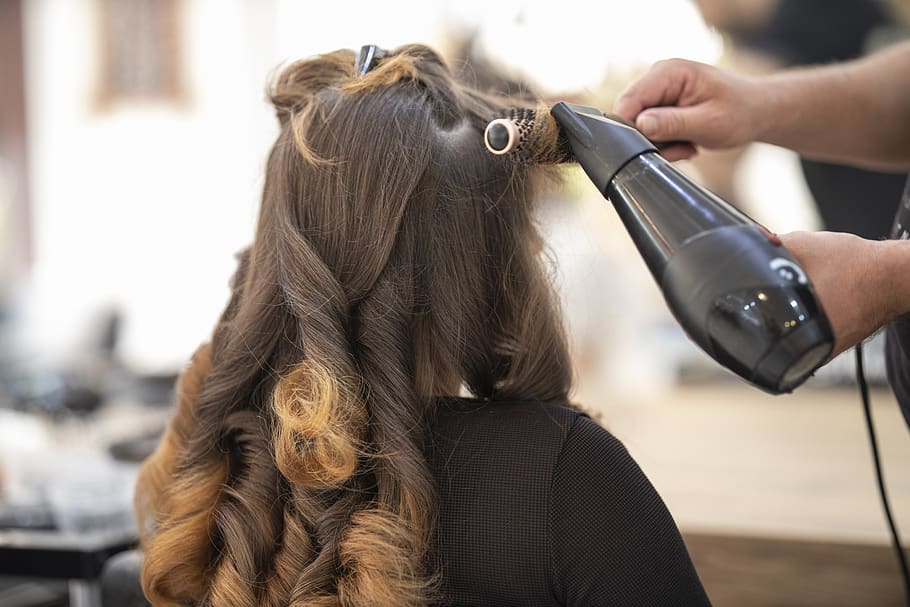Hair is a long protein filament that grows in the skin, or dermal, hair follicles. Most of our attention on hair is typically focused on hair growth, hair color, and hair styling, but protein is also an integral biomaterial, primarily composed of keratin, the same protein that makes up skin and other connective tissues. In fact, researchers at one renowned medical school recently showed that their lab experiments indicated that hair might actually be a material sensitive to heat. The paper was published in the peer-reviewed Journal of Applied Physiology. Here’s how that work got started.

The experiment began with a simple model. A piece of plastic tubing with a metal ring was wrapped around the hair. It was then placed into a hot water bottle. A heating element placed under the tubing produced large numbers of infrared (IR) radiation, which the researchers alleged caused the plastic to emit heat. This heated radiation apparently deflected off the keratin in the hair and caused hair loss.
Scientists have not determined whether the heat caused hair loss per se, only that it altered the biological process called conduction. Conduction is how the hair becomes wet. Under heat exposure, conduction is altered so that the hair becomes drier than usual. This can result in hair loss if it occurs on a large scale. If the effect is small, however, then the effects are usually not noticeable.
To understand how heat denaturation occurs, it helps to know something about how hair grows. When moisture is present, the keratin strands grow in a round manner about a cylinder that has a series of cross-links called fibres. The fibres, also called myosin, move about freely along this cylinder. As soon as heat is applied, the keratin fibres become fused together with the help of a chemical reaction called “adsorption.”
Heat denaturation can be prevented by keeping your hair dry and clean. By contrast, when you apply heat to the hair it causes the myosin in the hair to change shape. When the hair moves out of shape, it is exposed to split ends. Split ends do not contribute to hair loss but can be very painful and should be treated immediately. For this reason, you must keep the hair in good shape. Hair that has been subjected to heat for an extended period of time may also be dry and brittle.
The process of heat denaturation normally occurs after many hours in direct sunlight or being worked in a hot room. Many manufacturers advise that you protect your hair from heat exposure when you are not using any hair products. However, the heat of the sun is likely to initiate hair loss anyway.
If heat exposure does occur during the normal course of our daily lives, then you can use heat protectant sprays or creams to protect the hair as much as possible. You will also need to use a good quality moisturiser. These products usually contain a mild beta-carotene formula that protects the hair against heat and damage. The use of hair sprays or gels will often cover up the damage caused by heat. For those suffering from excessive hair loss, it may be necessary to seek treatment by a hair doctor or a hair replacement surgeon.
Heat denaturation is an interesting topic. However, as long as you take preventative action to control heat exposure and protect your hair, the damage caused by denaturation will probably not affect you. However, if you have a family history of baldness or other hereditary factors that contribute to hair loss, then it might be time to start considering a hair replacement surgery. It is never too late to improve your looks!

At Hair Clever, my mission is simple yet powerful: to empower women to embrace their unique beauty and confidence through the art of haircare and styling. I believe that every woman deserves to feel fabulous, and I’m here to support you on your journey to achieving the hair of your dreams.




